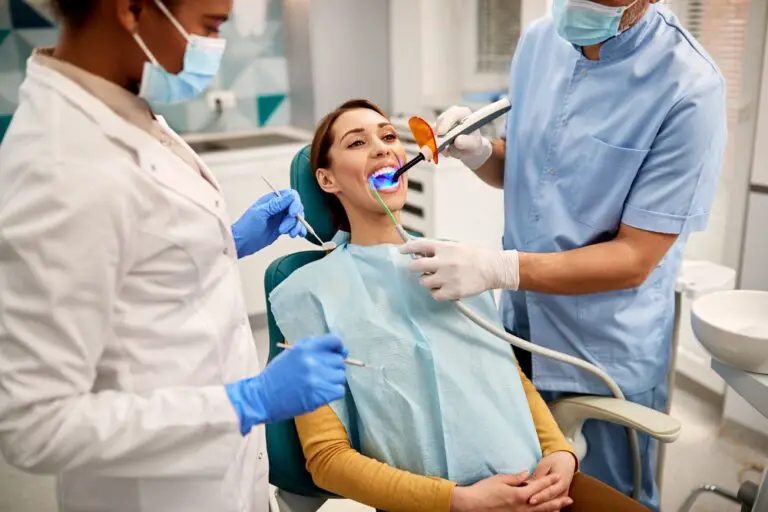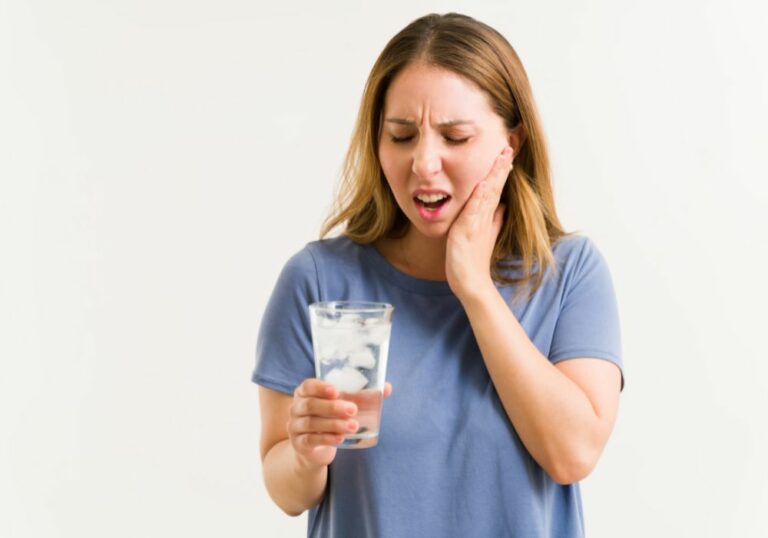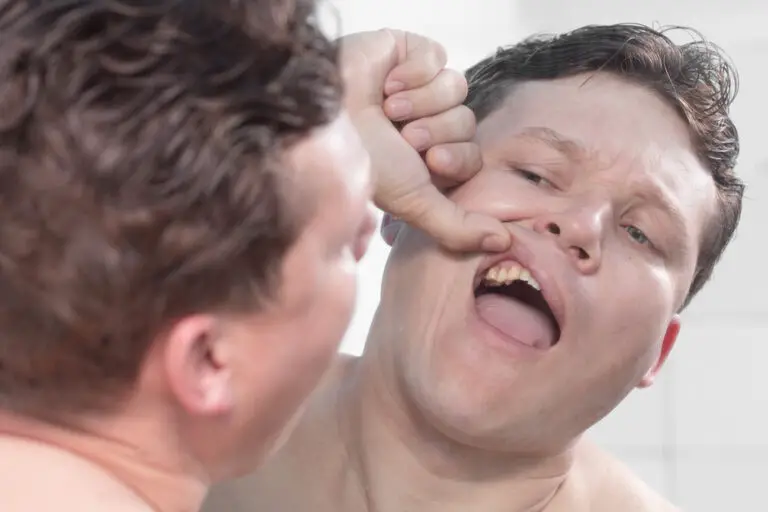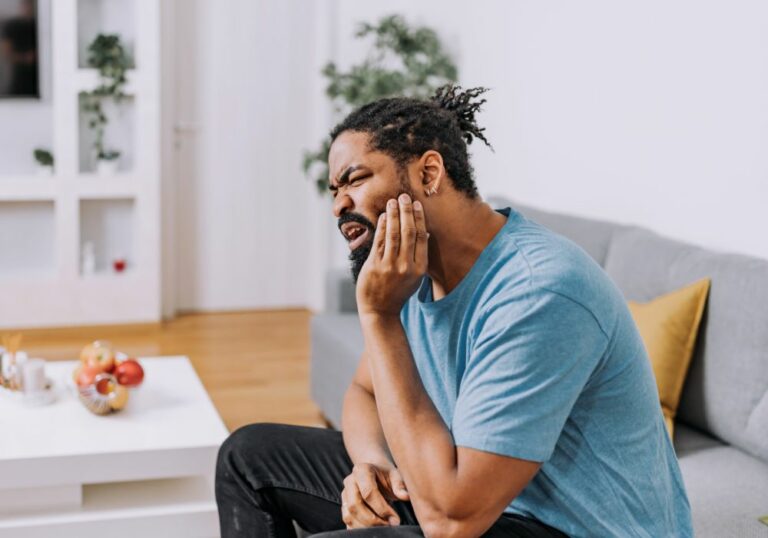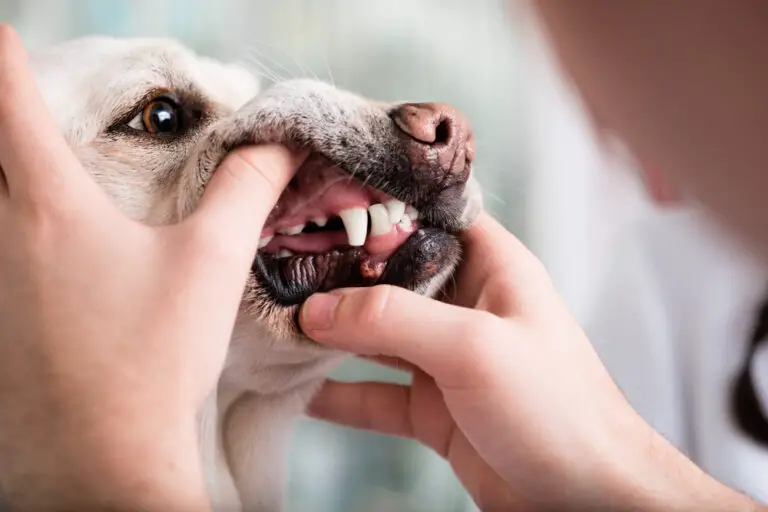Having your teeth suddenly become misaligned can be alarming. One day you have a perfect smile, and the next your teeth seem to have shifted out of place. This apparent change in your bite may leave you wondering what caused it and what you can do to fix it. Fortunately, there are some common reasons why teeth may shift and options available to realign them.
What Causes Teeth to Become Misaligned?
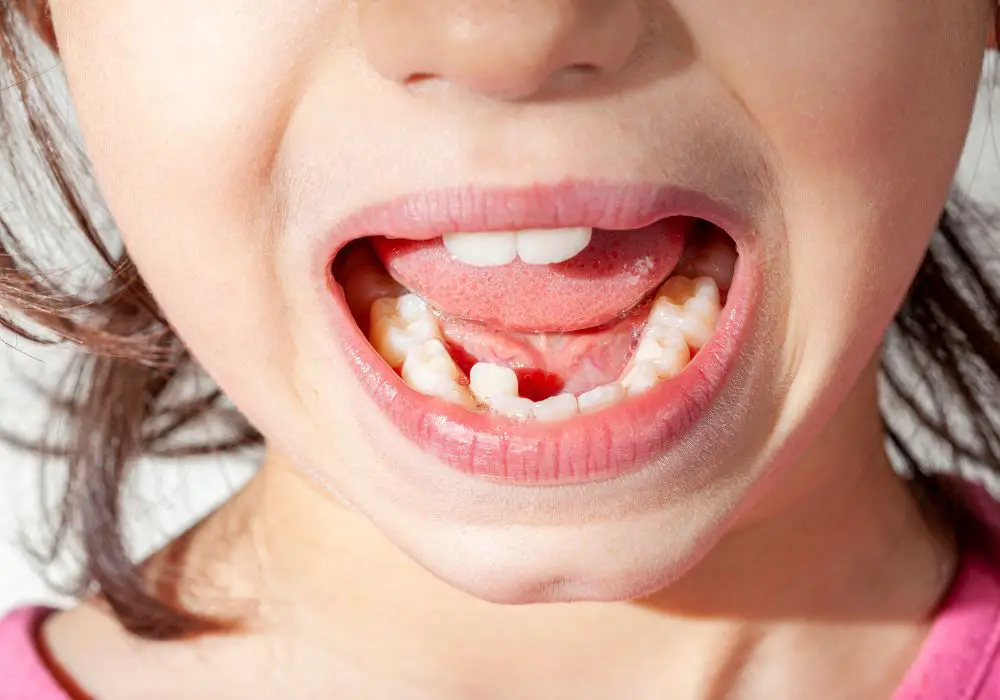
There are a few key factors that can cause your teeth to shift out of alignment. Here are some of the most common causes:
Loss of Teeth
When you lose one or more teeth, the surrounding teeth can drift or tip into the empty space. This is especially common when molars are lost, as the teeth beside them have more room to move without the molars helping hold them in place. The upper teeth may also supererupt or move downward when their opposing lower tooth is missing.
Tongue Thrusting or Pressure
If you rest your tongue against your teeth or have a tongue thrusting habit, the constant pressure can slowly push your teeth out of alignment. This is especially true if you place your tongue between your teeth or press it hard against your teeth frequently.
Grinding or Clenching
Grinding or clenching your teeth, also called bruxism, can cause teeth to shift over time. The pressure put on your teeth from this habit can move them slightly. This is especially true for the lower teeth, which take the brunt of the force.
Ill-fitting Restorations or Appliances
Dental work like fillings, crowns, and bridges need to fit properly to avoid affecting your bite. If they are not sized right or make your bite too high, the teeth around them may gradually shift to adapt. Likewise, if you wear an orthodontic retainer, any changes in its fit can cause your teeth to move.
Age-Related Changes
As you age, changes in your jawbone and the loss of connective tissue elasticity make teeth more prone to shifting, especially if you have other risk factors. The bone naturally loses density, while the periodontal ligaments become more flexible.
Poor Oral Posture
Keep your teeth slightly apart and your tongue on the roof of your mouth. Otherwise, the imbalance can cause your teeth to move. For instance, if you frequently rest your lower jaw open or protruded, your lower teeth are more likely to drift outward.
How Do You Know if Your Teeth Have Shifted?
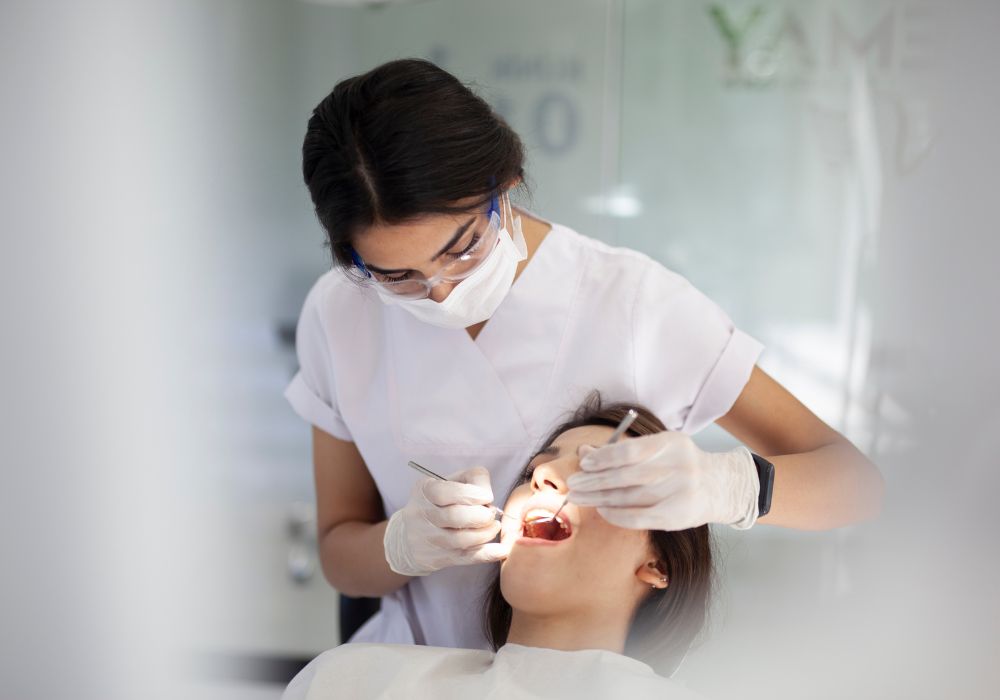
There are a few clear signs that indicate your teeth alignment has changed:
- Your bite feels different, making chewing uncomfortable.
- Your teeth visibly look more crowded or crooked.
- You have new gaps between teeth that weren’t there before.
- Your teeth make a popping or clicking sound when chewing.
- You experience jaw pain, soreness, or tension.
- You suddenly have speech issues or a lisp.
Even small tooth shifts of 1 to 2 millimeters can cause these symptoms and impact your bite. The earlier you catch these changes, the easier treatment will be to realign your teeth.
What Are the Risks of Misaligned Teeth?
Leaving misaligned teeth untreated comes with certain risks:
- Tooth decay – Misaligned teeth are harder to clean thoroughly, allowing more plaque buildup that can lead to cavities.
- Gum disease – The teeth are harder to floss and clean between, increasing gum inflammation and infections.
- Tooth wear – Abnormal bite forces can cause some teeth to wear down faster.
- Bone loss – The pressure from misaligned teeth can cause supporting bone to thin or recede.
- Chewing issues – Misalignment causes chewing and biting difficulties.
- Jaw joint problems – The TMJ joint is affected, potentially causing pain and dysfunction.
- Speech difficulties – Pronunciation and speech clarity are compromised.
- Aesthetics – Smile appearance worsens due to the crooked teeth.
The longer misaligned teeth go untreated, the more damage it can do to your smile’s health and appearance.
What Treatment Options Exist?
Fortunately, there are effective options for realigning teeth, including:
Clear Aligners
Clear aligners like Invisalign are removable plastic trays that gradually shift teeth into place over months of use. They offer a discreet teeth straightening solution.
Traditional Braces
Braces apply steady pressure to teeth to move them into proper alignment. They involve bonded brackets and archwires that are periodically adjusted by an orthodontist.
Tooth Restorations
Dental work like crowns, veneers, bridges, and implants can sometimes be used to restore a proper bite alignment. This may be done along with orthodontic treatment.
Night Guards and Bite Splints
These can help protect teeth from further shift due to grinding and clenching. They prevent tooth surfaces from wearing down too.
Jaw Surgery
Orthognathic surgery may be warranted in some cases to entirely balance the bite and alignment. It involves realigning the jaw position along with orthodontics.
The right treatment will depend on what caused your teeth to shift and the unique details of your bite. Your dentist can advise you on the best solution after a thorough exam. Doing nothing is not recommended, as the risks to your oral health intensify over time.
How Can You Prevent Teeth Shifting?
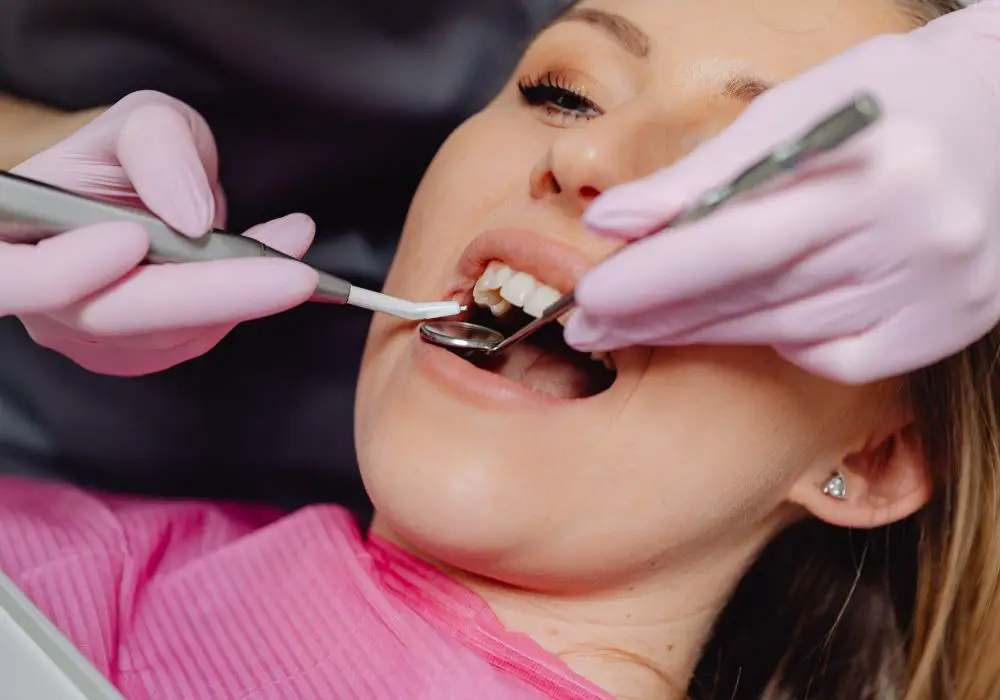
While you can’t always prevent teeth from shifting with age, you can reduce your risk by:
- Replacing missing teeth with implants, partials or bridges to prevent surrounding teeth from moving.
- Breaking habits like tongue thrusting, teeth clenching, and mouth breathing.
- Avoiding hard foods that put excessive bite pressure on teeth.
- Wearing a night guard if you grind your teeth.
- Maintaining proper oral posture and tongue position.
- Getting misaligned teeth treated promptly before more shift occurs.
- Wearing your retainer as prescribed after orthodontic treatment.
- Visiting your dentist regularly for exams to catch issues early.
Proper home care like brushing and flossing also prevents problems like tooth decay that can contribute to bite changes. Always tell your dentist about any shift you notice during cleanings as well.
FAQs
What causes teeth to shift suddenly?
Common causes of sudden tooth shifting include loss of teeth, tongue thrusting habits, teeth grinding or clenching, ill-fitting dental work, and natural age-related changes. Gradual pressure on the teeth over time eventually causes noticeable misalignment.
At what age are teeth shifts most likely to occur?
Adults over age 40 are at highest risk for tooth movement and shifting. This is due to natural thinning of bone and ligaments with age. Teens and younger adults with habits like tongue thrusting may also experience tooth migration.
How can I stop my teeth from shifting again after treatment?
Wearing retainers as prescribed, stopping harmful habits like clenching, replacing missing teeth, maintaining proper oral posture, and getting regular dental exams help prevent recurrence of tooth shifting after orthodontic treatment.
Can Invisalign fix mildly shifted teeth?
Yes, Invisalign clear aligners are effective at fixing minor to moderate tooth alignment issues. More severe cases of tooth movement may require traditional braces instead for the added force they provide.
How long does it take to realign shifted teeth?
The timeframe depends on the severity of the tooth shift, but minor movements can usually be corrected within 6 to 18 months using clear aligners or braces. More intensive orthodontic treatment may take up to 2 years to fully realign teeth.

